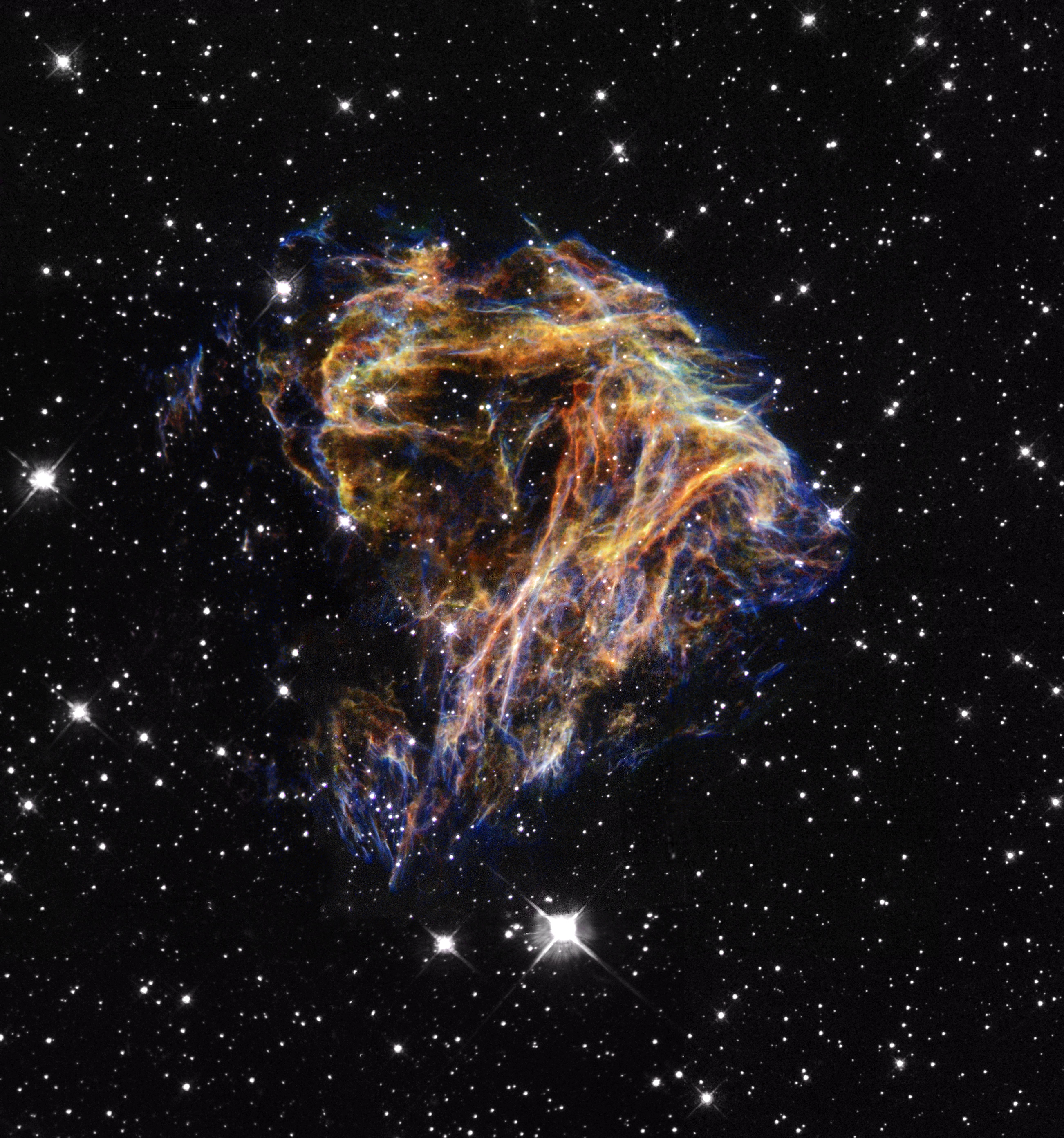
When Stars Explode
Stars explode all the time. They do so for a few different reasons. The type of explosions and aftereffects depend on the characteristics of the original star. As you can imagine, there are multiple types of explosions. There are different types of explosions because there are so many different types of stars.
White Dwarfs
A white dwarf is a star that is no longer progressing. In certain ways you could consider it a dead star. For example, it is no longer burning from the inside like it used to. This means that the fusion process has stopped completely.
It is also very dense. Density has increased because it will have shed all of the lighter materials that used to make up this star. You can still see these white dwarfs because they have some residual energy left over. This is a finite resource, it is no longer creating energy. It will eventually go completely dead.
Nova
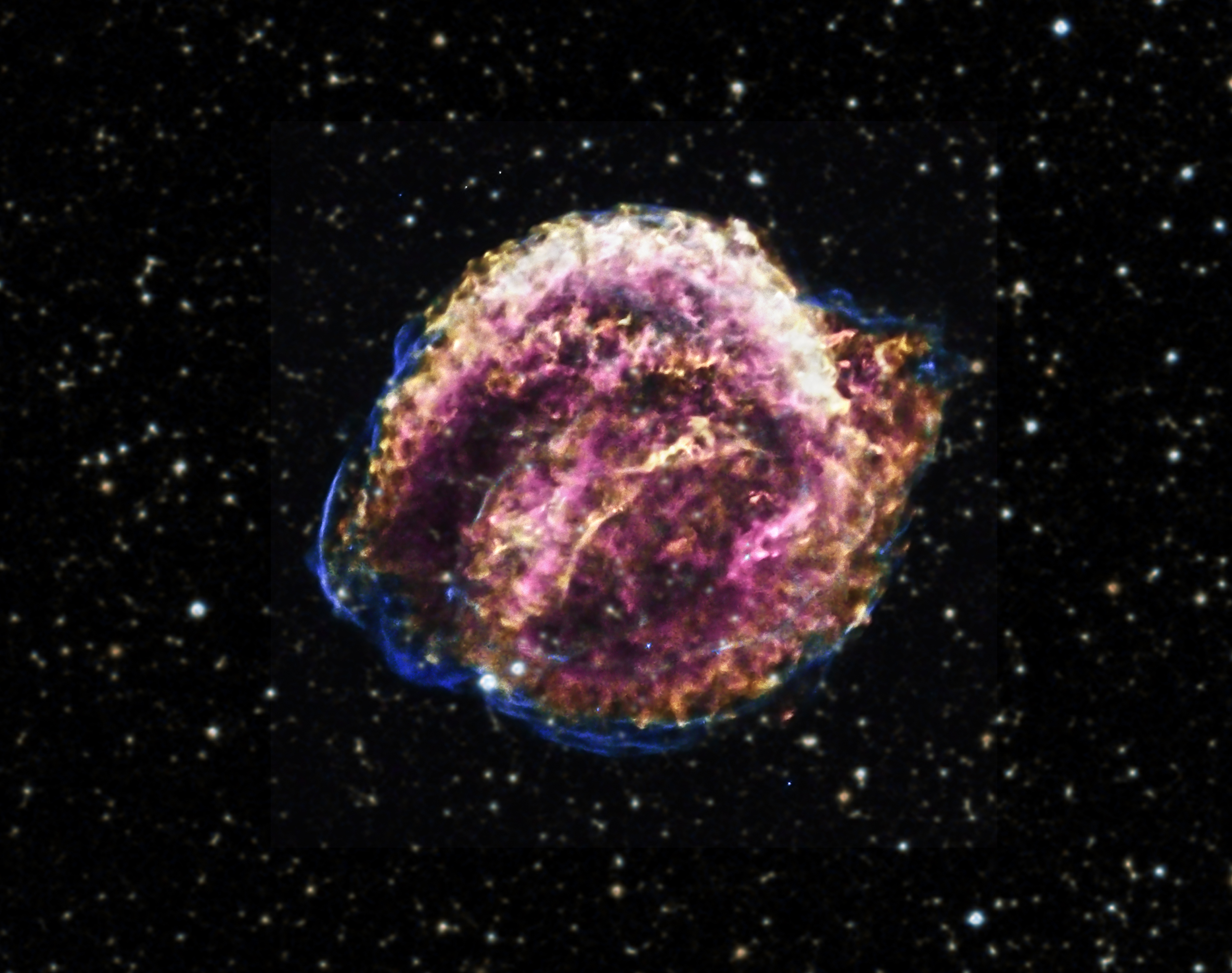
A nova happens when a star undergoes a transformation that causes it to brighten considerably. It will then take a long time for it to lessen in intensity. These novae all involve white dwarfs and a larger main sequence star.
When a white dwarf gets close enough to its larger companion star, it will start to steal matter from it. The stolen matter kind of hangs above the white dwarf but very close to it. This gets heated up violently until it pops.
Binary Stars
A binary system is often one of the keys to start the nova process in a white dwarf. The reason is that the second star provides a lot of excess material to the white dwarf, which is usually denser and has more gravitational forces in its center. When looking for possible stars to go nova, astronomers often look at known binary systems first.
Larger Stars
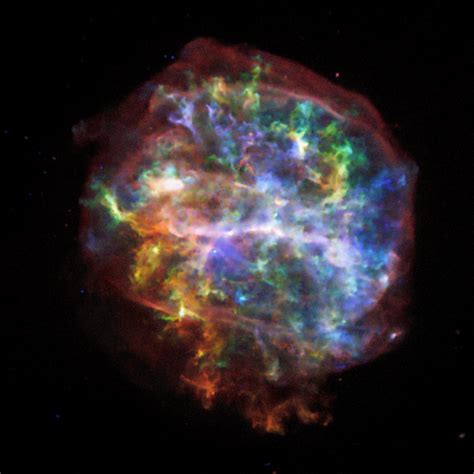
The difference between large and smaller stars is all dependent on whether it burns carbon in its core. Smaller stars, such as white dwarfs, will not do this. Really big stars will burn and fuse carbon along with many other heavier elements. When a large star does this, its central core temperature rises to unbelievable heights.
One of the ways it achieves this is using the remnants of previous materials as fuel. When burning first starts the lighter elements get burned up first. This creates fuel to burn heavier and heavier elements in time. After each of these stages, the star’s central core keeps heating up. These processes happen many times.
Each time it happens there is more heat and pressure involved. The iron core gets disintegrated into lighter elements. Neutrinos eventually form and take energy away with them into space.
Supernova
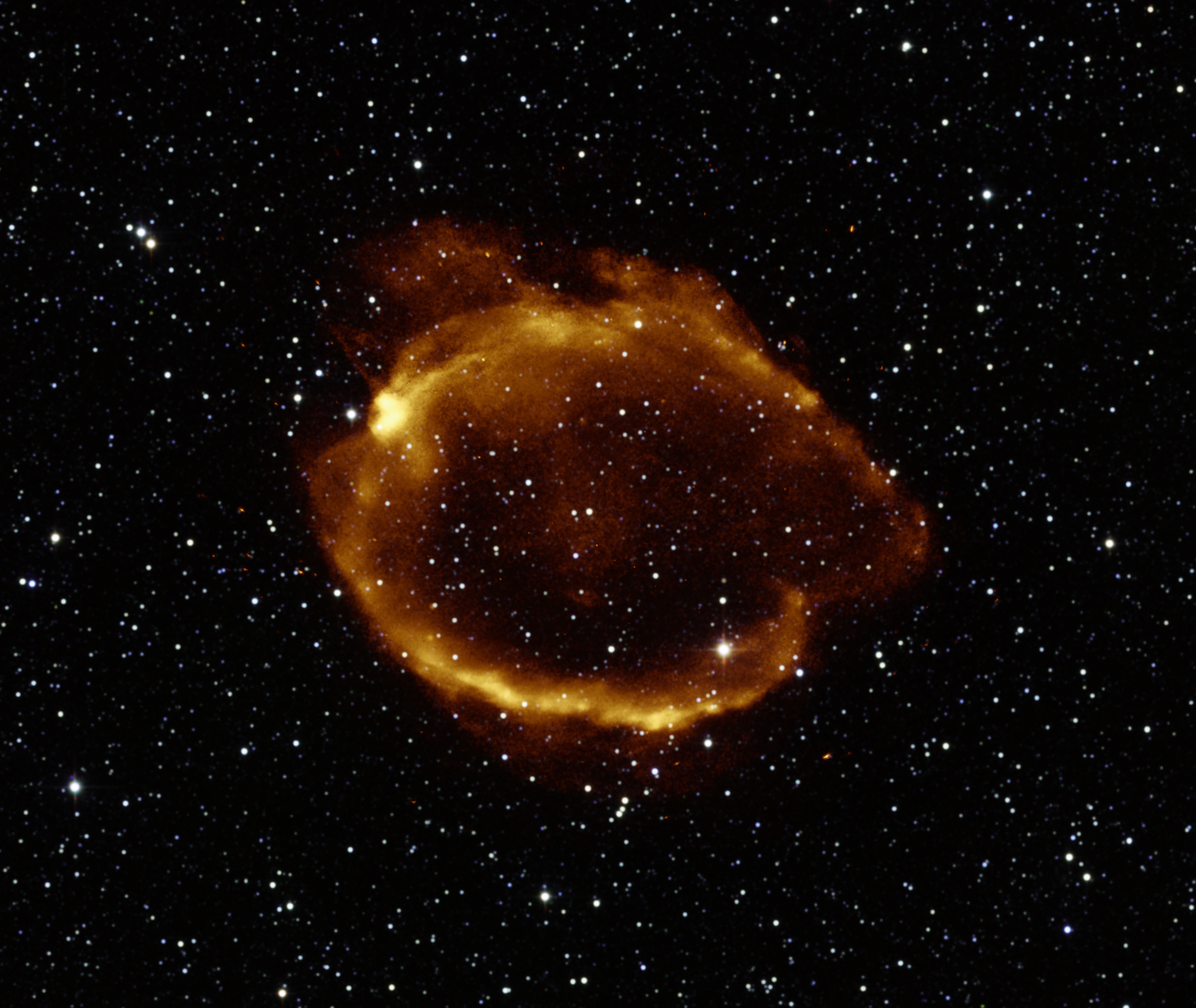
This is when things get real interesting. The core has reached crazy densities. Our collective understanding of physics can’t even grasp why everything happens the way it does at this time. What basically happens though, is that once the core has reached a certain density, things have to reverse. I mean, you can’t condense something so much that is disappears after all.
So now we have this iron core that is super dense. After a while, it can’t take anymore and it starts to expand. Now expand is probably not the right word because of what happens next. This expansion happens super quick, in an instant actually. It creates a devastating shock-wave that travels throughout the whole star.
This shock-wave is so violent that the whole star explodes and is destroyed. There is so much energy released that the star is as bright as all the stars around it put together. This star is completely destroyed and the only bit left behind is a gas shell. That is something indeed.
It has been a long time since anyone saw an explosion in our galaxy. So everything recently has been supernova explosions from far away.
Supernova Remnants
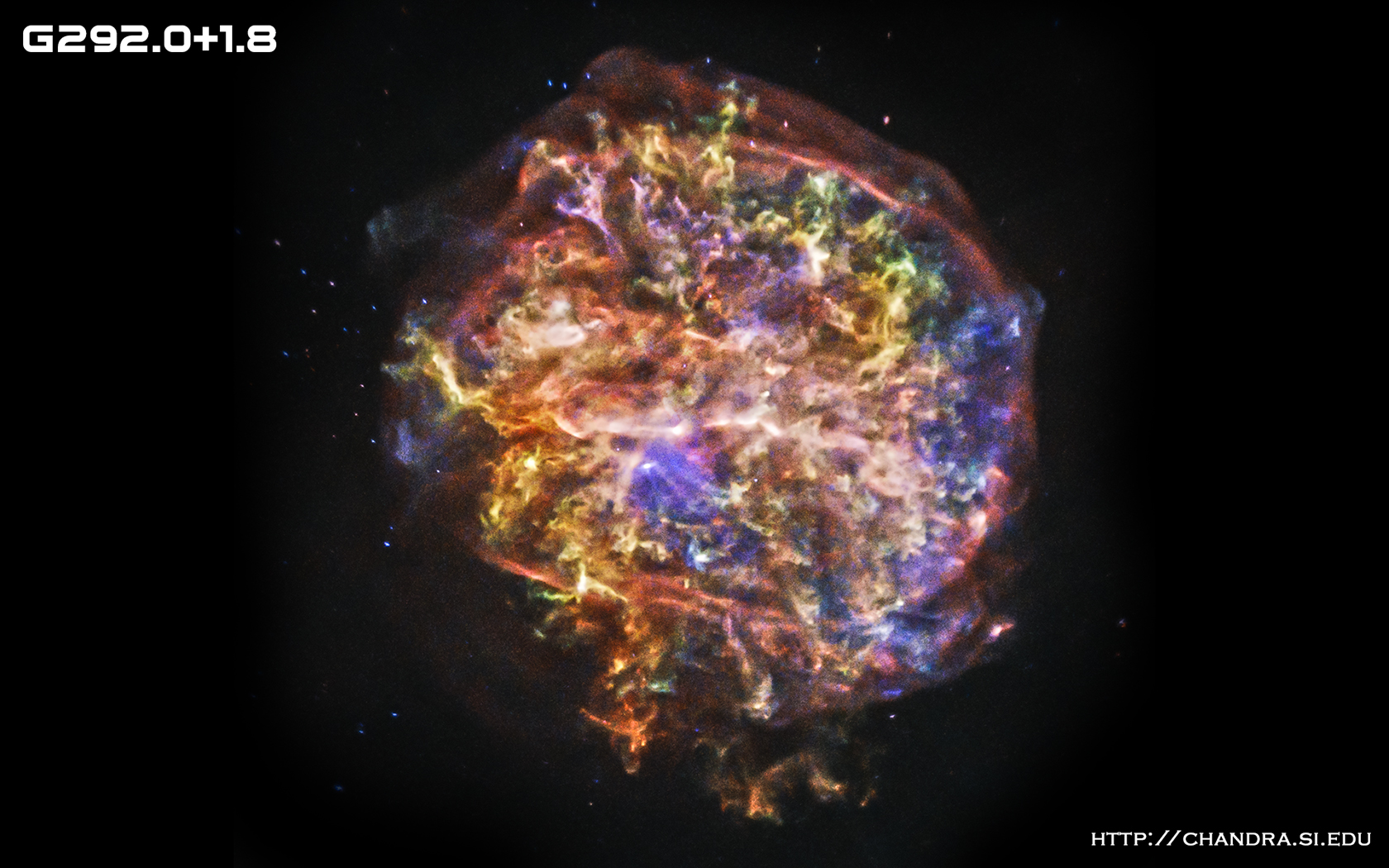
A remnant is what is left behind after a large star goes supernova. They are the remains of a supernova explosion. There are many such example nebulae that we have nice pictures of. They are quite beautiful.
When these stars explode, material is ejected at very high velocities. This matter in interstellar space gets spread everywhere and it becomes fuel for other processes. This is very important because it is one of the ways that heavier elements get spread through the galaxy. They are supersonic, which is the cause of the shock-waves. This means the shock-waves are moving so fast they travel vast distances. These outward waves sweep up almost all material before them. This process can last hundreds to thousands of years and travel many parsecs.
Remnants can be classified into shell types or hybrid types. Shells can be characterized by their ring-like structures surrounding them. There is more hot gas at the edges and that is where the bright rings come from. Hybrid types usually contain a pulsar. The pulsar creates many high energy particles such as x-rays and and radio waves.
Eventually the remnant gas shell cools. Relatively speaking the shell is quite cool and dense. It can then last a very long time. There can also be hybrids that contain a pulsar. These pulsars are some of the main sources of gamma rays. They are also called high energy.
Conclusion
In this paper today we have talked about why the stars explode. This is astronomy essentials at its finest as we shall see. Smaller stars will result in a nova. This is because they do not have enough mass to go supernova. A nova event can happen many times. This whole process happens because a white dwarf gets a lot of material from a nearby companion. This material gets heated up and eventually there can be a small explosion.
Sometimes stars form a lot larger than our own Sun and can take a different path. Since they are so large, they can burn and fuse heavy elements which just fuels their demise. They become so dense and hot that even physics can’t take anymore and these stars go supernova. This results in tremendous explosions.
Astronomers once thought that we should be seeing a supernova every hundred years or so in our own galaxy. We are quite far behind. We do not know why there have not been any sightings recently. Everyone is on the lookout though. If we see one soon, it will be an exciting day because these astronomical events are one of a kind!